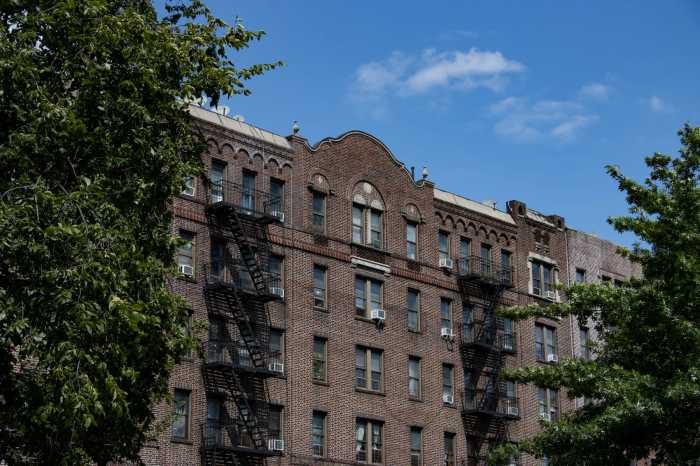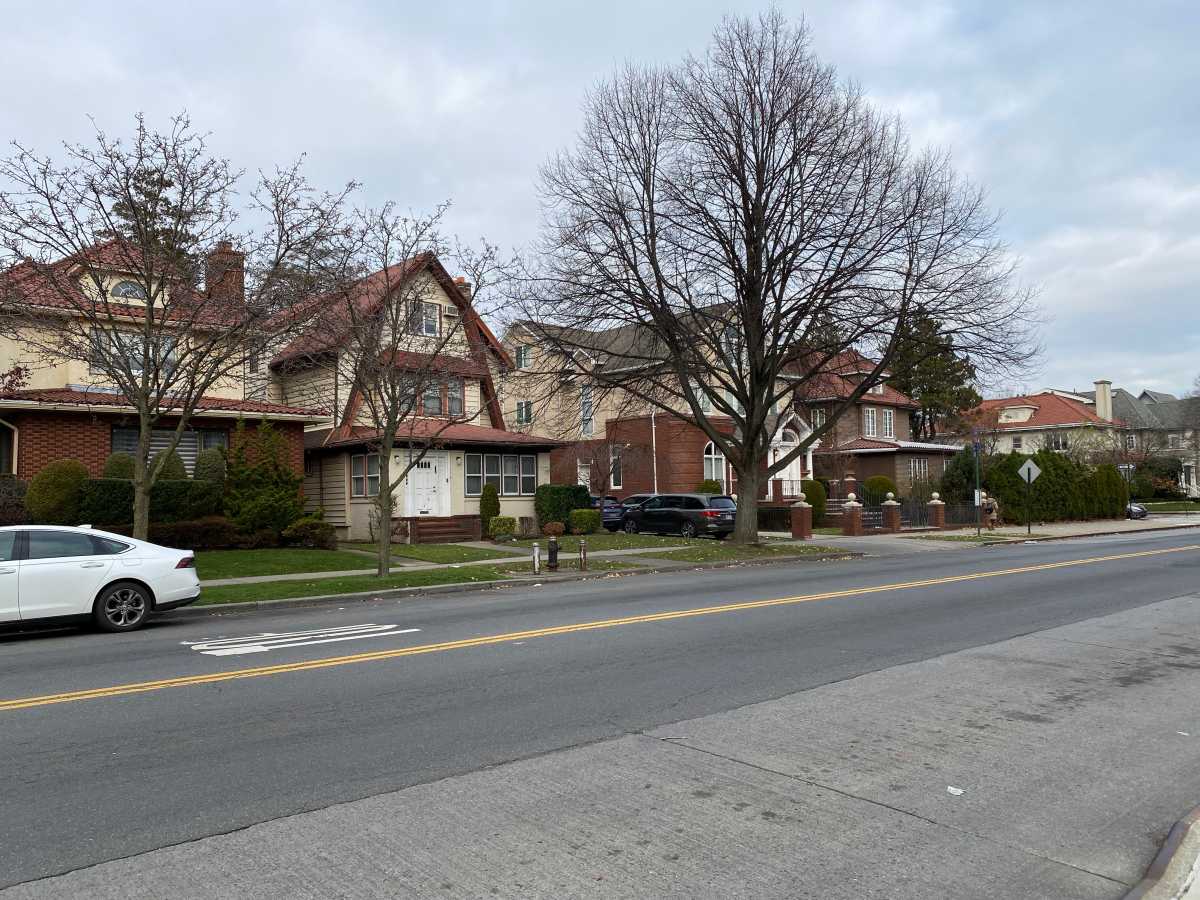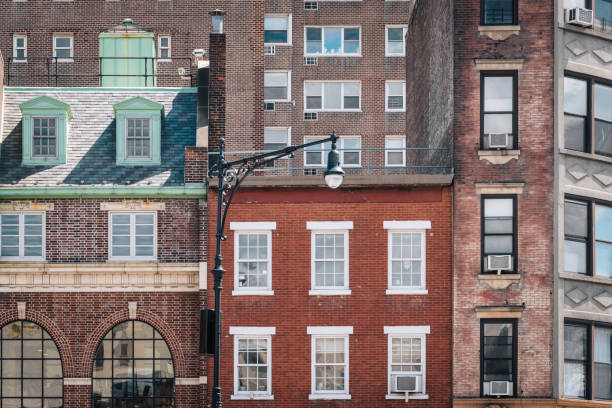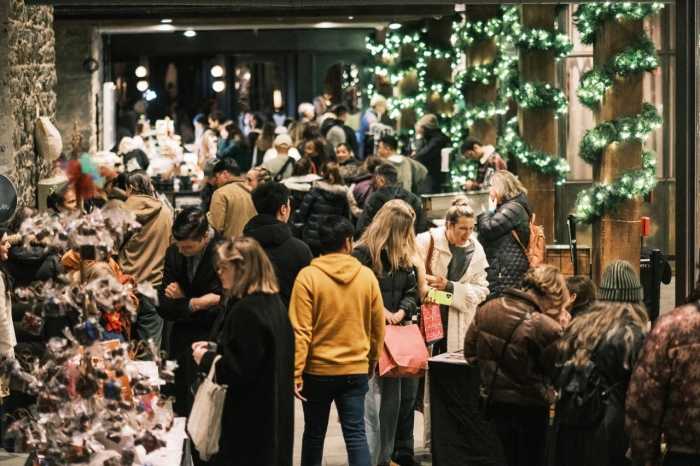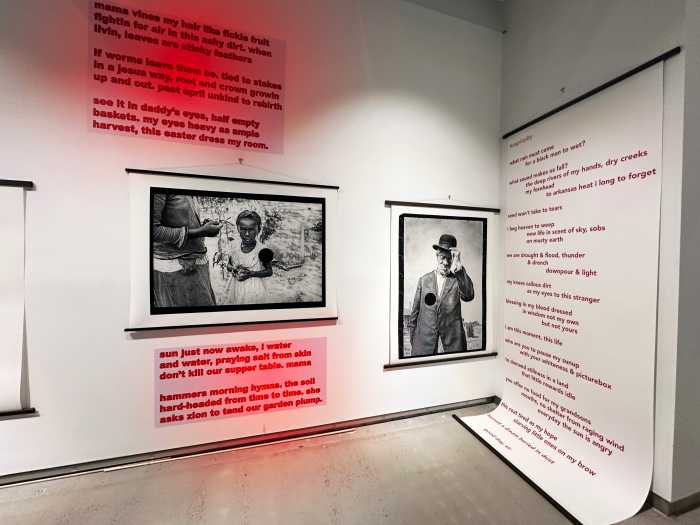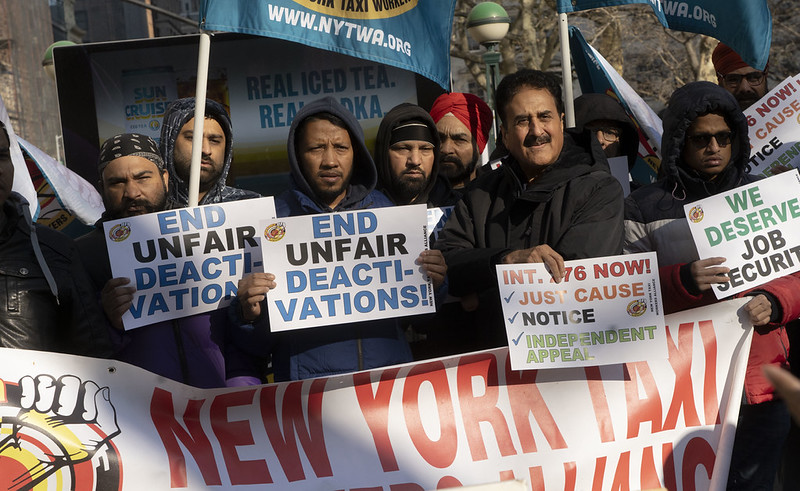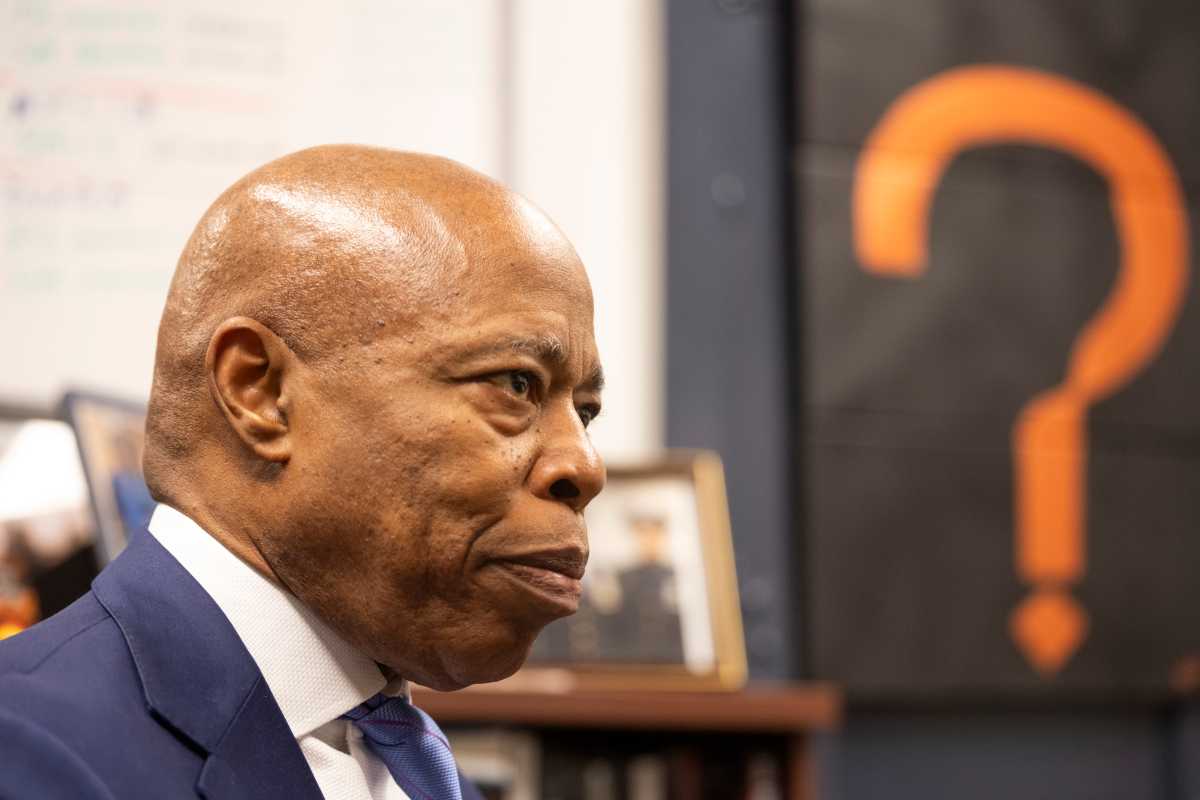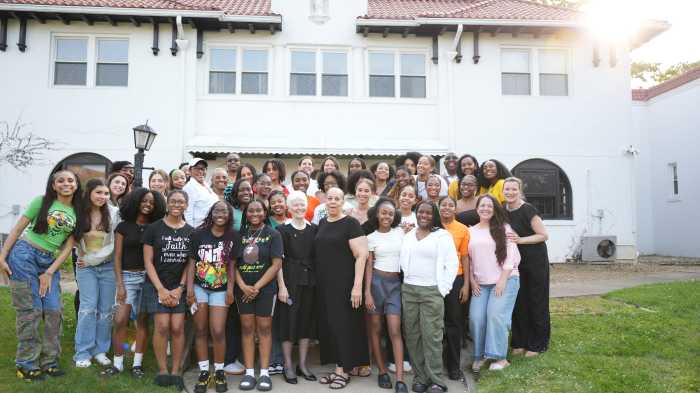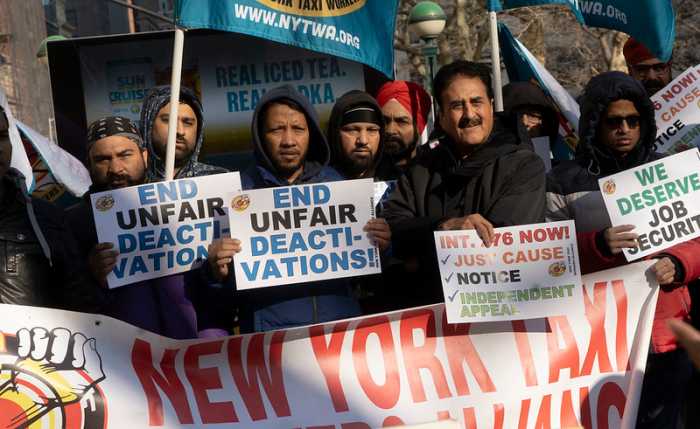The Queen Mary 2 is a sinking ship when it comes to creating new jobs and revenue in New York, according to a report issued last week by an industry trade organization.
In the first year that the Brooklyn Cruise Terminal was in operation in Red Hook, the amount of cruise-related income generated in the city dropped from $992 million in 2005 to $729 million in 2006, the Cruise Line Industry Association report showed.
The figure — which takes into account jobs indirectly created by the cruise industry, including hotel staff, restaurant employees, bus drivers and travel agents, as well as a much-smaller number of positions at the city’s two terminals themselves — represents a loss of nearly 7,000 jobs.
The report links the shortfall to a decline in local buying for New York-docked ships. A spokesman for the cruise association, Bob Sharak, said out-of-state companies typically supply the ships, market the trips and provide insurance.
The limited local benefit is shocking, considering the 45-percent surge in departures from the city, an increase linked to the award-winning Brooklyn terminal, the report said.
When the city opened the gleaming, $56-million facility last year, officials hailed the cruise industry as an answer to the rampant unemployment and poverty that has dogged Red Hook since manufacturing jobs started evaporating in the 1950s.
“Diversifying our economy is an integral part of our economic development strategy, and investing in growing sectors like tourism and the cruise industry is one of the best ways we can achieve that,” said Mayor Bloomberg at a Queen Mary 2 welcoming press conference in April, 2006.
At the same event, Borough President Markowitz exalted the cruise industry for “creating hundreds of new jobs and allowing Brooklynites to throw their luggage on a boat, and, before they know it, arrive in the Caribbean or England.”
Cruise companies do $1 billion in business in New York, but even so, the fenced-in Brooklyn terminal is empty most of the time, employing only 14 full-time workers and another 279 on the 40 days a year a ship comes in — hundreds fewer than promised when the City Council agreed to pay for its construction.
The report comes at pivotal moment for the terminal, which stands (literally) at the center of a decade-old battle over the future of the Red Hook waterfront, which the city wants to redevelop into a tourist-friendly complex of maritime-themed attractions, open space and retail, plus a beer garden and factory for Brooklyn Brewery, now based in Williamsburg.
In July, the city abandoned a plan to build a second berth for cruise ships on a pier occupied by Brooklyn’s last cargo port after opponents of the Red Hook makeover decried the terminal’s low job numbers.
Councilman David Yassky (D–Cobble Hill) said the report reinforced what he already knew about the cruise industry.
“This is what a lot of us have been saying for years,” he said. “The cruise terminal is a nice amenity for Brooklyn, but if we care about jobs, we must keep the container port running.”
A spokesperson for the city’s Economic Development Corporation said that officials would review the report.
In Red Hook, though, residents have already given their assessment.
Last year, Christina Rubino, who operates a bus company across the street from the terminal, told The Brooklyn Paper that she hadn’t seen any business — and, in fact, was snubbed by Princess Cruises, which hired a New Jersey-based company to speed passengers from the terminal to tourist attractions in Manhattan.
This week, Rubino said her company, Trans Express, has been “thrown a few” jobs at the terminal, but little more.
“[The cruise port] isn’t hurting business, but it isn’t helping either,” Rubino said.
Hank Hajir owns a small diner on Van Brunt Street one block east of the waterfront terminal. Last spring when the facility opened, he changed the name of his 18-year-old restaurant to the Cruise Line Café in anticipation of new business. This week, the entrepreneur giggled at the optimism of his bright purple sign.
“I see the passengers when they leave,” he said with a rueful smile. “You could say that the sign didn’t work.”


